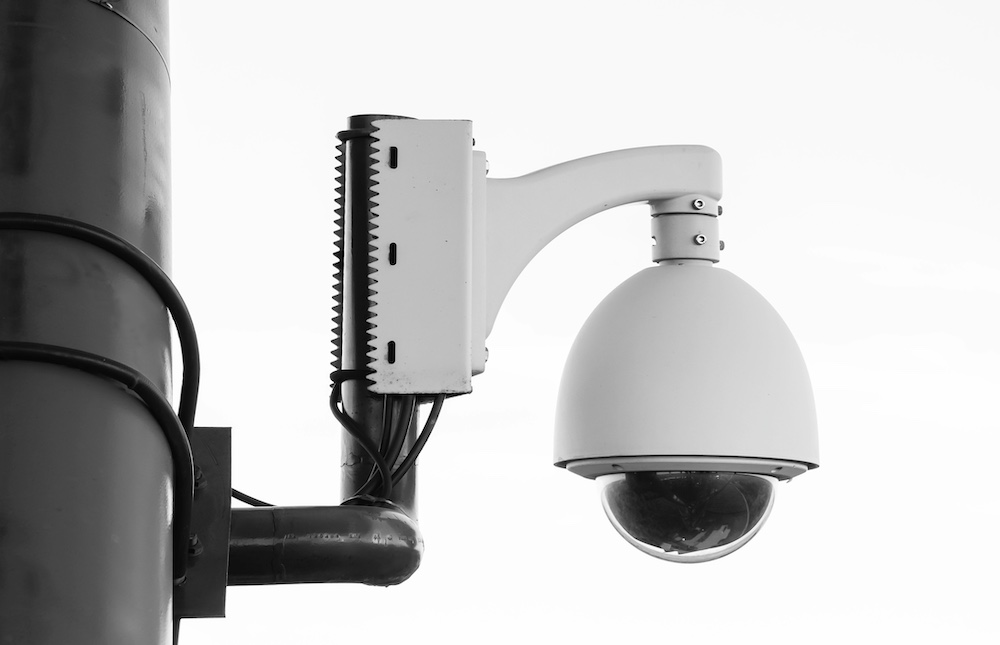Surveillance

Surveillance
Surveillance system uses optical fiber, coaxial cable or microwave to transmit video signals in its closed circuit. and it’s an independent and complete system from camera to display and record.
Network surveillance solves the problem of traditional surveillance, effects and changes the traditional connection method, which is simpler and more convenient. but at the same time, it needs larger storage demand and higher bandwidth to match.
The storage devices used in video surveillance systems have different characteristics from other types of systems in terms of data read and write methods. Surveillance system generally has the characteristics of many monitoring points (large number of cameras), large video data stream, long term storage requirement, 24-hours continuous and uninterrupted operation, etc.
Why choose us
Since 2010, we have been the No.1 memory module manufacturer in China.
Reliability
Puskill memory sticks are engineered for consistent performance and data integrity, ensuring your valuable files are always safe and accessible.
Performance
Experience rapid data transfer speeds with Puskill, significantly reducing wait times whether you're moving large files or launching applications.
Durability
Built with high-quality materials and robust construction, Puskill memory sticks are designed to withstand daily wear and tear, protecting your data on the go.
Compatibility
Puskill memory sticks offer broad compatibility with a wide range of devices, guaranteeing a seamless plug-and-play experience for all your needs.
Popular questions
What makes custom memory different from standard memory for surveillance applications?
Standard memory, like what you’d find in a typical PC, isn’t designed for the unique demands of 24/7 video surveillance. Custom memory, on the other hand, is built to handle constant, high-volume data writes and the demanding operating environments often found in surveillance systems. This includes features like enhanced durability, wider temperature tolerance, and specialized firmware for better data integrity.
Why is durability so important for surveillance memory?
Surveillance systems are often deployed in challenging environments, from hot server rooms to outdoor enclosures exposed to the elements. Standard memory can fail under these conditions. Custom memory is built with industrial-grade components to withstand:
Extreme temperatures: Operating and storage temperatures are often much wider than standard consumer products.
Constant vibrations: Can be a factor in vehicles or industrial settings.
Humidity and dust: Sealed components and coatings protect against environmental damage.
How does custom memory handle the constant data writes from multiple cameras?
Surveillance systems are constantly recording and overwriting video data, which puts a lot of stress on the memory. Custom memory uses specialized wear-leveling algorithms and ECC (Error-Correcting Code) to manage these writes more efficiently. This extends the lifespan of the memory and ensures that data remains intact, even after countless write cycles.
What is the impact of memory failure on a surveillance system?
Memory failure can be catastrophic. It can lead to:
Loss of critical footage: If the memory fails, you could lose valuable evidence.
System instability: The entire NVR (Network Video Recorder) or DVR (Digital Video Recorder) can crash or freeze.
Reduced performance: The system may start dropping frames or lagging, resulting in poor-quality video.
Increased maintenance costs: Replacing failed memory modules and troubleshooting system issues can be expensive and time-consuming.
Is custom memory compatible with all surveillance systems?
Generally, yes. Most custom memory solutions are designed to be compatible with a wide range of popular NVR and DVR platforms. However, it’s always best to check the manufacturer’s compatibility list or consult with a memory specialist to ensure a perfect match for your specific system.
Is custom memory worth the higher cost?
While custom memory may have a higher initial cost than standard consumer memory, the long-term benefits typically outweigh the expense. The enhanced reliability, durability, and performance can significantly reduce the risk of data loss and system failure, saving you money on maintenance, replacements, and potential legal or operational liabilities. Think of it as an insurance policy for your data.
